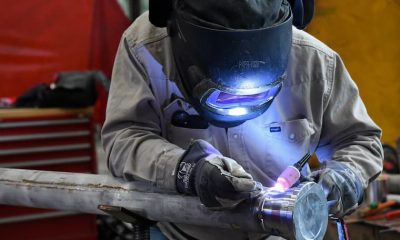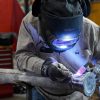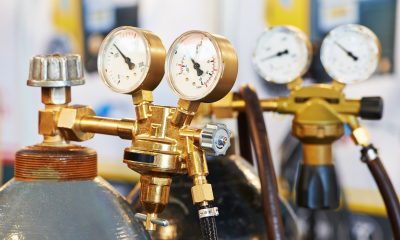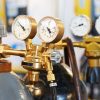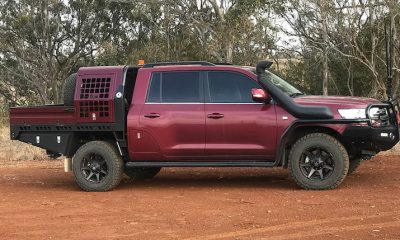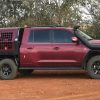Automotive
Machines and Equipment For Welding Fabrication And Cutting Of Metal
Welding is a process that uses high temperatures to permanently join two pieces of metal by melting and mixing their edges. The resulting joint, or weld, is stronger than the pieces of metal and easier to separate. The melted metal is called a weld pool, which is completely surrounded by solid material from the base metal. Welding is a very important skill, as it has been used for more than five thousand years to make tools and for construction.
Introduction to Gas Welding
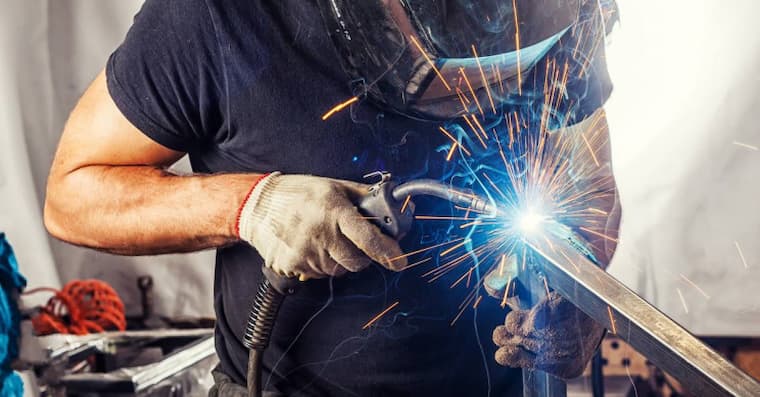
Gas welding is also known as MIG welding and GMAW (GAS METAL ARC WELDING). It is widely used in the construction industry, by riggers and fabricators, as well as hobbyists.
It is used for high-strength materials, such as alloys of steel and stainless steel. It is also used for aluminium and nickel-based alloys. Gas welding is different from gas cutting, which uses a flame instead of a wire electrode to cut metals. The difference between the two processes lies in the type of equipment used. Gas cutting uses a torch, while gas welding uses a machine called an inverter welder.
Gas welding can be used on a variety of metals, including steel, stainless steel, copper, aluminium and nickel-based alloys. The weld must be done within specific temperature ranges for each material.
The Types of Gas Welders Available and Tips on How to Choose One
There are many different kinds of gas welding equipment. Before you decide which kind to use, you should consider your skill level and the materials you will be welding. The most popular ones are:
MIG (Metal Inert Gas) Welding Equipment
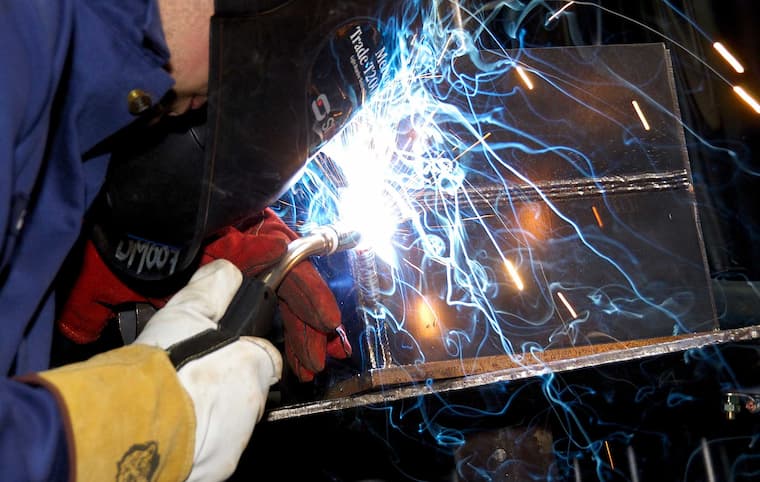
MIG welding is a process in which the metal is melted using a wire that is fed from a spool through a gun to the nozzle, where it is deposited on the weld area. This method is also referred to as GMAW or Metal Active Gas Welding. This method uses a shielding gas, typically carbon dioxide or argon, to protect the weld area from contaminants like air and moisture. A very thin layer of metal, less than 1/32 inch thick, is deposited by the machine across the joint, creating a nice smooth seam between two pieces of metal.
The process starts by clamping together two pieces of material that are to be joined by welding. The operator inserts a spool of wire into the machine and turns it on. The wire feeds slowly from the spool through the gun to the nozzle area and makes contact with both sides of the joint at once. This method deposits a very nice bead along each side of the joint.
TIG (Tungsten Inert Gas) Welding Equipment
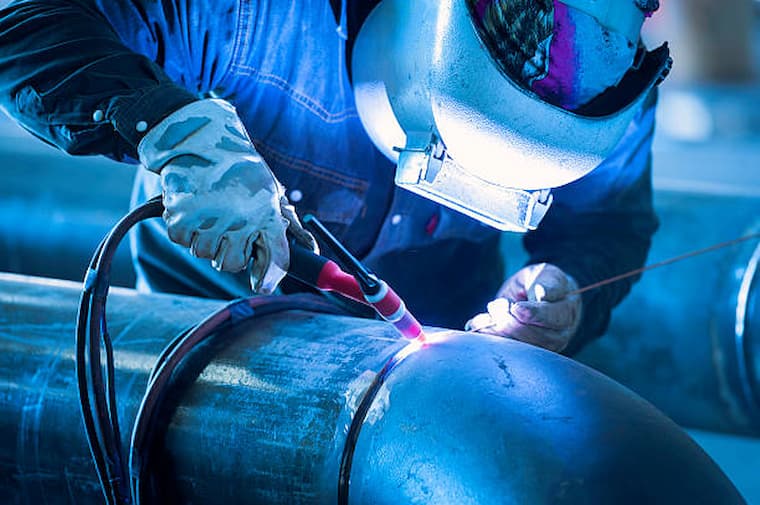
Tungsten inert gas is used in precision welding. It can be used for welding thin materials, such as sheet metal and aluminium, or thick materials, such as steel and cast iron.
TIG welding is an arc welding process that uses a non-consumable tungsten electrode to produce the weld. TIG machines are also called TIG torches, although they have no resemblance to a torch. They are simply a means of focusing the electric arc.
Plasma Cutting Equipment
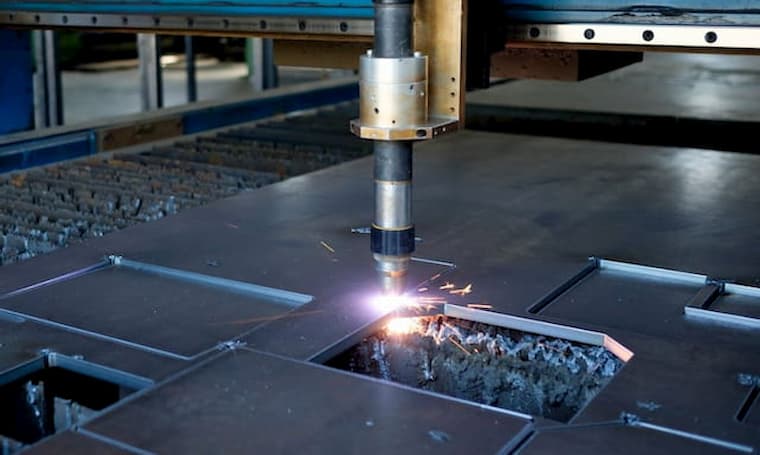
Uses in Industry – You can find many different pieces of plasma cutting equipment on the market today and they all have their advantages and disadvantages. After you’ve decided which features are most important to you, it’s time to do your research and make a list of the best companies that provide these types of products. You’ll want to call around and get prices from several different suppliers before deciding so you can choose the one that offers the best deal.
Using plasma cutters to cut metal is one of the fastest-growing cutting methods in the industry. Plasma cutting equipment is quite popular due to its versatility and ease of use. It is also one of the most cost-effective methods for cutting, shaping and forming metal sheets and pipes.
What Is the Best Gas Welding Material?
There are many factors that you need to consider before you choose what you need. Some of the most important factors include:
- The type of work you will be doing. If you would like to weld mainly outdoors, you need a material that is weather resistant. On the other hand, if you are welding indoors, then you can use a welding rod that works well in a more limited space.
- The size of the area that you need to weld. If your project is large, it is better to use a bigger size rod than one which will require you to make multiple passes over the same area.
- The type of welder that you are using. For instance, if you are using an electric one, then a flux-cored welding rod will give better results than a MIG welding one.
Gas welding is a very effective method in the professional world; however, some beginners are still finding it difficult to use this type of welding. Some people even tried to compare this method with other techniques and methods, but there is no point at all as long as you can learn how to use it perfectly. What you need to do is just find the most suitable material for your needs. In order to make the right decision, you must be aware of what is available around and what advantages or disadvantages each item has.
Always Take the Time to Research What You Want to Buy Before Purchasing
The most common type includes argon, acetylene, and helium. Argon is the safest option for a beginner because it is a colourless gas that can work well even in cold conditions. However, this material has less flame than acetylene so you will have to deal with harder sparks. Acetylene is perfect for large parts because it has more pressure and heat than other materials but this substance can be dangerous if not handled correctly. Helium is not recommended for beginners since it can work only when mixed with oxygen or another substance that is flammable so you should be careful when using such a mixture.


